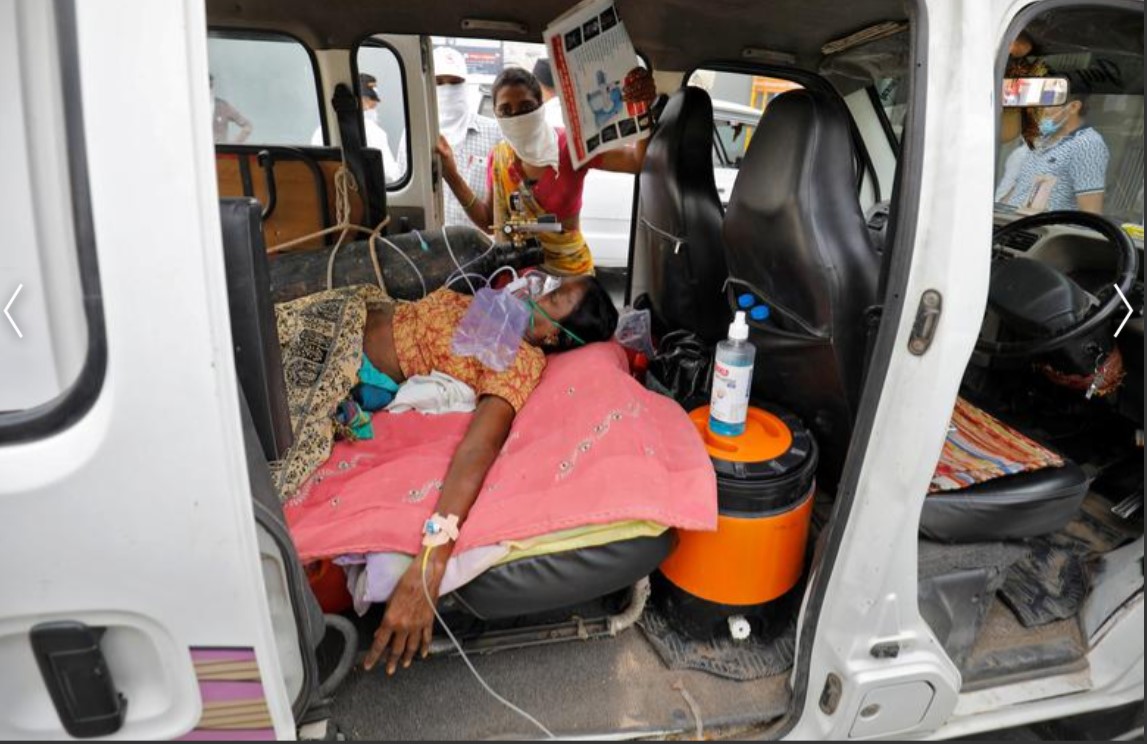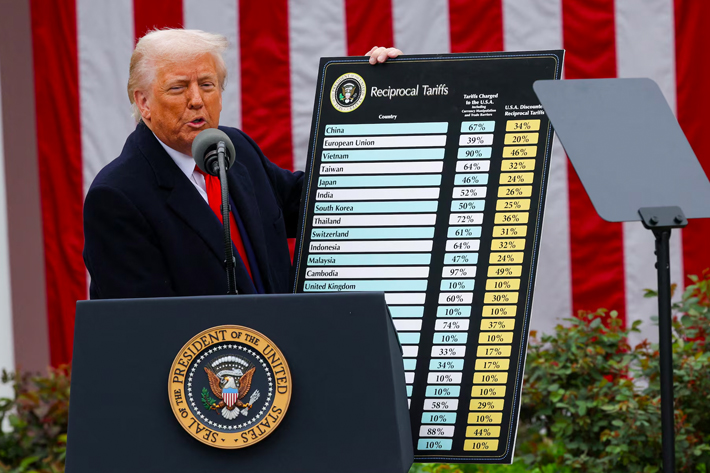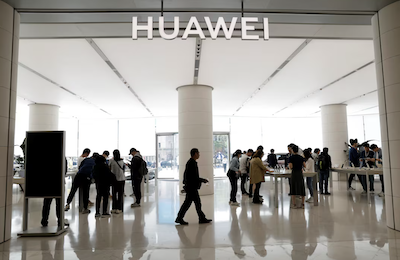(ATF) The spate of slashed GDP forecasts and rating downgrades following India’s devastating Covid crisis is making investors question whether a country touted as a future economic superpower still deserves ‘investment grade’ status.
After S&P Global Ratings cut India’s GDP growth outlook last week, Moody’s ratings agency slashed the country’s growth forecast on Tuesday for the current financial year to 9.3%. It said the second wave of Covid would dent economic recovery and increase the risk of longer-term scarring.
Fitch Ratings also said last month the resurgence of Covid may delay India’s economic recovery, but not derail it. Fitch kept its sovereign rating unchanged at ‘BBB-‘ with a negative outlook.
S&P slashed India’s GDP growth forecast for the current financial year to 9.8% last Wednesday on fears that the second wave would derail the nation’s recovery and credit conditions. But it held on to its current ‘BBB-‘ rating for India, while warning that the depth of the economic slowdown would determine the hit on its sovereign credit profile.
“Deeper stresses in the economy and financial system could lead to a more severe and prolonged erosion in fiscal strength, exerting further credit pressure,” Gene Fang, Moody’s associate managing director, said.
Moody’s, which rates India at “Baa3” with a negative outlook, the lowest investment grade, expects the surge in the virus to contribute to a marginal shortfall in government revenues and a redirection towards healthcare and virus response relative to the government’s budgeted estimates in February.
Global concern
But with India’s Covid crisis showing little sign of easing on Thursday, the situation has become a global concern as well.
The seven-day average of new cases hit a record high of 390,995. India is now leading the world in daily average deaths, accounting for one in every three reported worldwide each day, according to a Reuters tally.
Over the past months, India has faced the world’s worst outbreak with reports of “super-spreader B.1.617” variant gathering momentum, and shortages in hospital beds, oxygen, medicine and vaccines.
Covid cases exploded with more than 300,000 new cases reported daily for two weeks and reaching more than 400,000 over the weekend.
“The second wave has been driven by a highly contagious variant, putting significant strain on India’s healthcare system with hospitals overrun and medical supplies in limited supply,” Moody’s wrote.
The variant was first identified in the country last year in October and classified by the World Health Organisation (WHO) as a variant of global concern, as it has spread fast in other countries as well.
On Thursday the WHO said the Indian variant has already been found in 50 countries across the globe.
Still investment-grade but?
A new report – “Opportunity cost of sub-optimal vaccine strategy” – released by Emkay Global on Tuesday says the second wave is spreading faster in India, defying the earlier notion that the second wave is more concentrated than the first wave.
For instance, in the state of Maharashtra, which accounted for 60% of new cases in mid-April, now accounts for just 13% of cases. Emkay noted that new cases in the second wave (May 7) in Kerala and Rajasthan are 8.8 times higher than new cases seen during the first wave peak (17 Sept 2020). The trend is similar in other states as well: Gujarat – 8.1 times, West Bengal 4.8 times, Karnataka – 4.8 times.
“We reckon the situation is still very fluid as states continue to evaluate their case load peaks”, Madhavi Arora, the lead economist at Emkay Global told Asia Times Financial.
Moody’s said the second wave of infections hampers economic recovery and increases risk of longer-term scarring. It said reimposition of lockdown measures would curb economic activity and could dampen market and consumer sentiment.
“We still see India as investment grade,” said NN Investment Partners’ head of Asian Debt, Joep Huntjens, who thinks the country’s economy will bounce back quickly. “But we do think there is at least a 50/50 chance that at least one rating agency downgrades, probably next year”.
The new virus surge is making plenty of others wary too.
JPMorgan says rating agencies are making “a leap of faith” by holding fire at the moment. M&G’s Eldar Vakhitov says his firm’s models have been flagging a downgrade, while UBS points out India will soon have the third highest debt level among big emerging markets after junk-rated Brazil and Argentina.
“We do see the risk that it (a downgrade) can definitely happen,” UBS’s head of emerging market strategy Manik Narain said. “It seems more a question of when rather than if”.
Rebound in Q2
Some though, expect the second wave’s impact to be less severe than the first.
“The economic impact this time around is likely to be much more heterogeneous as each state has been hit to a different degree and has different health infra[structure] and mobility rules, more asynchronous and staggered as different states will be hit at different points in time but hopefully less enduring than the first wave, albeit the pace of vaccination drive remains key,” Arora said.
Moody’s expects the negative impact on economic output to be limited to the April-June quarter, followed by a strong rebound in the second half of the year.
It now forecasts real GDP growth will fall to 9.3% from 13.7% for the fiscal year ending March 2022 and to 7.9% from 6.2% in fiscal 2022/23.
Over the longer term, it expects growth of around 6.0%.
“The second wave has been driven by a highly contagious variant, putting significant strain on India’s healthcare system with hospitals overrun and medical supplies in limited supply,” the agency wrote.
But Moody’s anticipates a wider fiscal deficit of about 11.8% of GDP in 2021/22, compared with its previous forecast of 10.8% and an estimated 14% in 2020/21.
It also said it expects the combined impact of slower growth and a wider deficit to increase the general government debt burden to 90% of GDP in 2021/22, gradually rising to 92% in fiscal 2022/23.
Fitch, though, projects a 12.8% recovery in GDP in the March 2022, but with growth moderating to 5.8% in FY23.
According to Fitch, India’s slow pace of vaccination could mean that the country remains vulnerable to further waves of the pandemic even after the current surge subsides.
Dampening investor sentiment
Still, with Covid sending India’s fiscal position downhill everywhere and the ratings firms signalling they will wait for this latest wave to ease before any judgements, investors who buy rating-sensitive assets like bonds are making their own calls.
“It looks like India’s Covid outbreak has [already] weighed on capital flows to the country. Foreigners have been net sellers of Indian bonds and equities in the past month, reflecting the severity of the country’s virus situation, which has cast a cloud over the economic outlook,” William Jackson, Chief Emerging Markets Economist at Capital Economist, said.
“We suspect that capital outflows may pick up again [in India and elsewhere] given our view that US Treasury yields will rise further,” Jackson added.
With reporting by Reuters.
























